The human body is a marvel of nature, capable of fixing itself in ways that often seem downright bizarre. From ancient evolutionary defences to microscopic cellular feats, our bodies engage countless hidden processes to repair, protect, and maintain balance. Many of these mechanisms work silently behind the scenes, revealing just how complex—and sometimes strange—our self-healing abilities truly are. Here’s a deep dive into some of the weirdest ways your body helps keep you going.
1. Snot as a Defense System
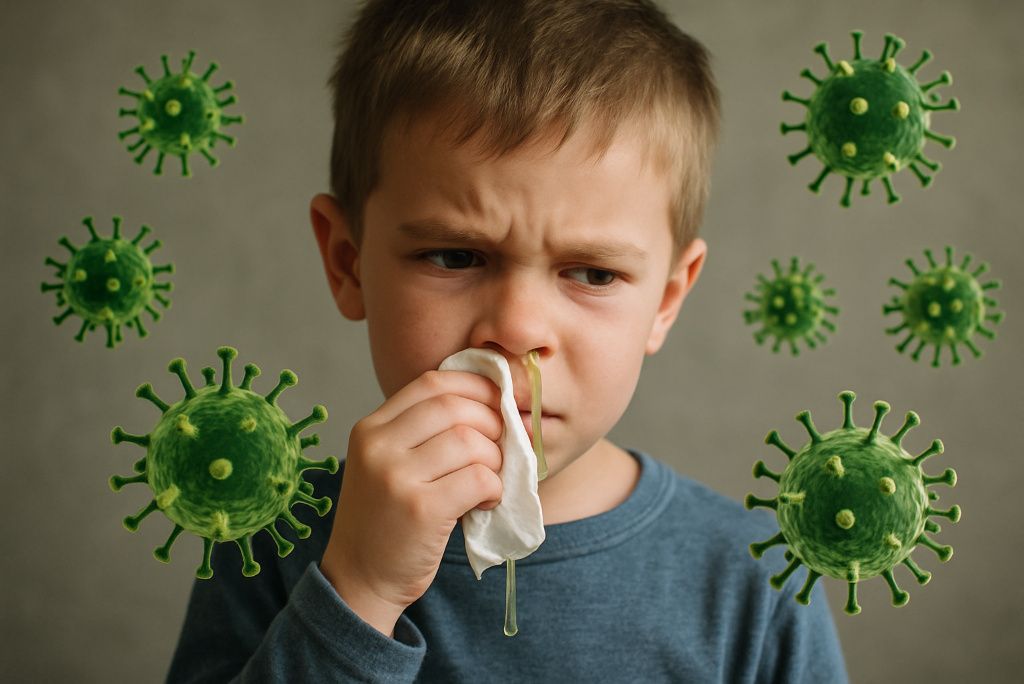
Most people consider mucus gross, but it’s your body’s sticky security team. When pathogens enter your nasal passages, mucus traps them before they can infiltrate deeper tissues. Special proteins like lysozymes actively kill bacteria. Even the colour of your mucus offers clues: green or yellow may indicate an immune response kicking into gear.
Moreover, research shows mucus has unique glycoproteins that can neutralise viruses without harming the host cells—a brilliant defence strategy. While it’s annoying to blow your nose repeatedly during a cold, this gooey substance is proof that your body is working overtime to heal and protect itself. source
2. Bone Remodeling
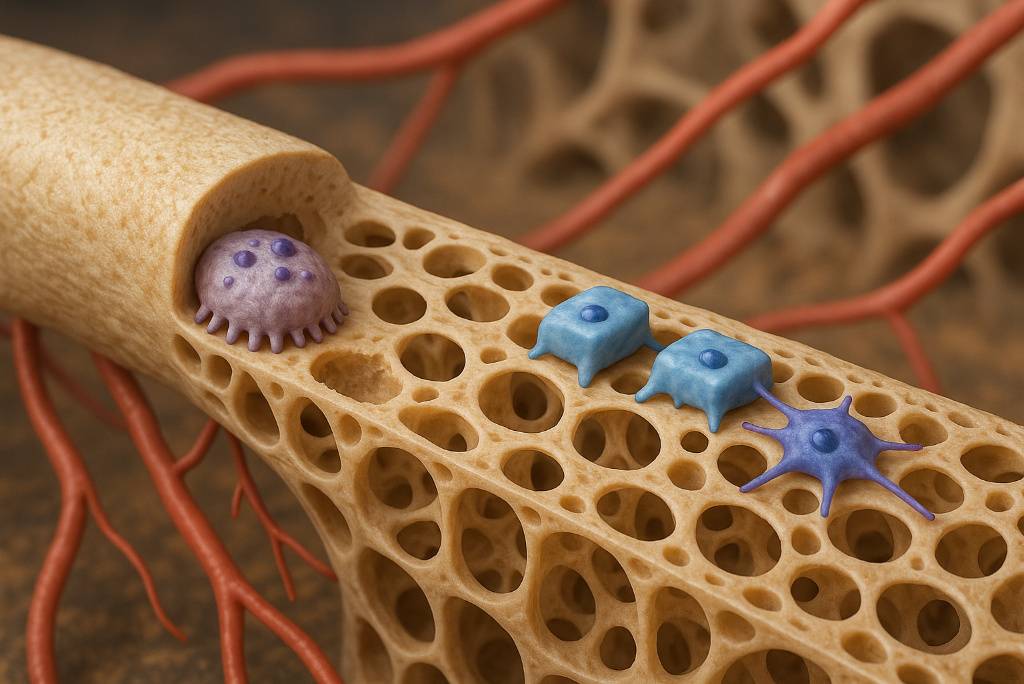
Think bones are static? Think again. Your skeleton continuously rebuilds itself through a process called remodelling. Specialised cells called osteoclasts break down old bone, while osteoblasts construct new bone tissue. This cycle allows bones to repair fractures and adjust to new stresses.
A fascinating example occurs in astronauts: in zero gravity, bone density decreases, but on return to Earth, the body begins rebuilding. Likewise, weightlifting triggers remodelling, strengthening bones to support increased loads. The constant renewal keeps our skeletal system strong and adaptive—even if it’s a little weird to think your bones are under perpetual renovation. source
3. Scar Formation
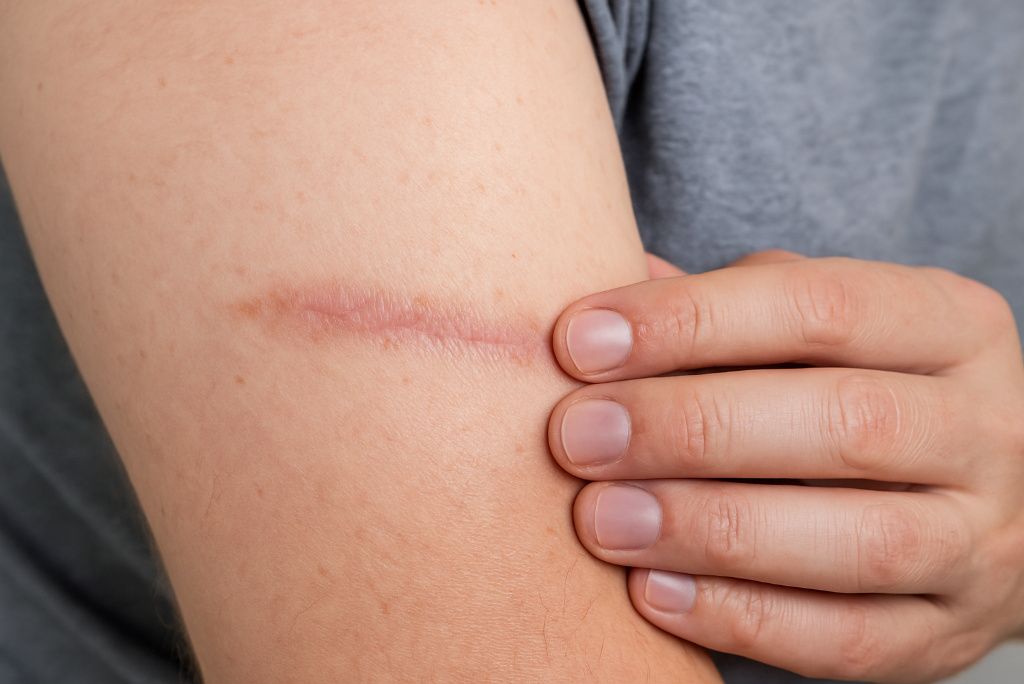
Scars might seem unsightly, but they’re a sign of your body patching itself up. When skin is injured, fibroblast cells rush in to produce collagen fibres, creating a scar to close the wound quickly and protect from infection. Scar tissue is stiffer and less elastic, explaining why it often looks or feels different than surrounding skin.
Interestingly, some animals like axolotls can regenerate skin without scarring—a superpower humans unfortunately lack. Researchers are studying these animals, hoping to unlock secrets for scar-free healing in humans.
4. Callus Formation on Skin
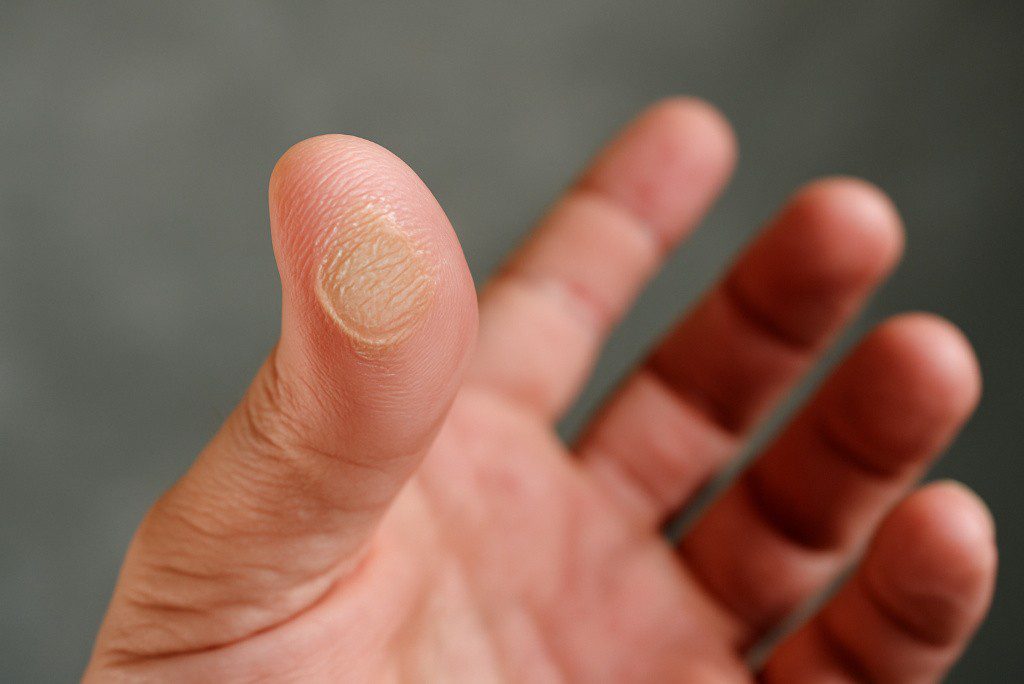
Developing calluses is your body’s clever way of building armour. Repeated friction triggers skin cells to multiply and produce extra layers of keratin, thickening the skin. Guitarists, runners, and manual labourers all develop calluses that protect against further damage.
It’s not just humans: animals like elephants form thickened skin on their feet to handle rough terrain. Calluses may not be pretty, but they’re a fascinating adaptive response, proving the body’s ability to prepare for future challenges. source
5. Fever as a Healing Tool

Though miserable, fever is one of the body’s oldest defence mechanisms. When pathogens invade, your immune system releases pyrogens, signalling the brain to raise your body temperature. This hotter environment makes it harder for bacteria and viruses to thrive.
Studies show that mild fever may shorten illness duration, though extremely high temperatures can be dangerous. So next time you feel hot and achy, remember it’s your body deliberately cooking invaders out. source.
6. Bruises Changing Color
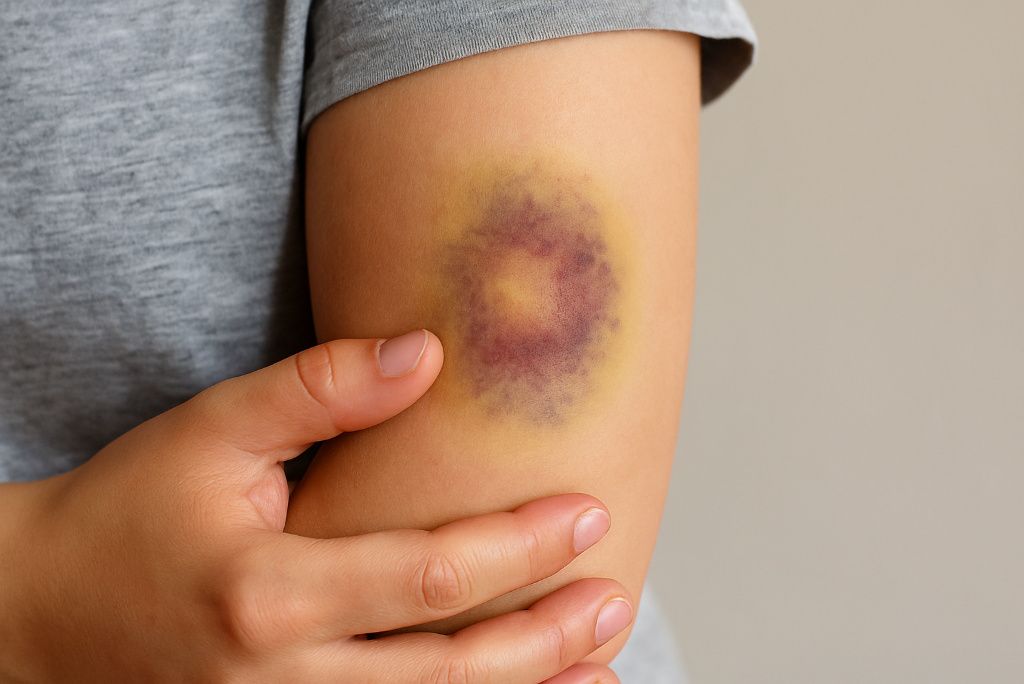
Bruises are not just colourful reminders of clumsiness; they’re visible evidence of healing. When tiny blood vessels break, haemoglobin leaks into the surrounding tissue. As your body clears away the mess, the bruise changes from purple to green to yellow, thanks to chemical breakdown products like biliverdin and bilirubin.
This colour progression provides a timeline of healing, helping doctors estimate when an injury occurred. It’s strange but impressive how your body cleans up internal damage and signals its progress through visible art on your skin. source
7. Wound Healing via Platelets
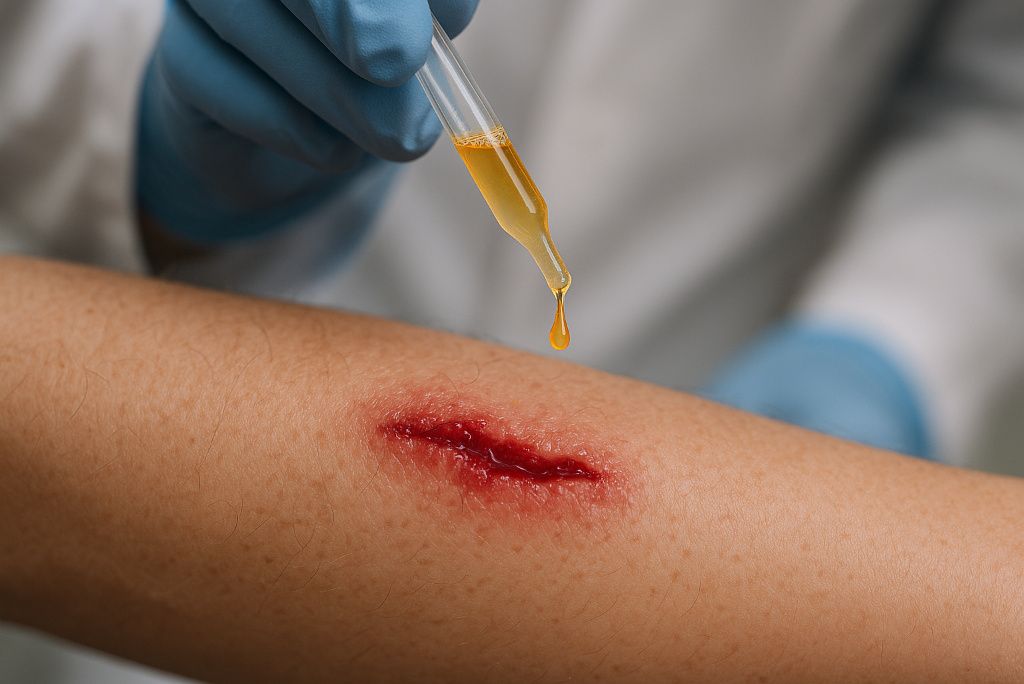
Whenever you cut yourself, platelets leap into action, clumping together to form a clot and seal the breach. They also release growth factors that promote new tissue formation. Without platelets, even minor injuries could become life-threatening bleeds.
Conditions like haemophilia demonstrate just how critical platelets are to self-repair. This rapid-response system works tirelessly to heal injuries, often before you even realise you’re bleeding. source
8. Sleep’s Healing Power

Sleep isn’t merely rest—it’s prime time for healing. During deep sleep, the brain clears toxic byproducts via the glymphatic system. Meanwhile, tissues repair, immune cells increase in number, and hormones like growth hormone peak to stimulate cellular repair.
Sleep deprivation hampers wound healing and immune responses. Prioritising sleep is one of the simplest—and weirdest—ways to help your body heal itself. source
9. Neuroplasticity After Injury
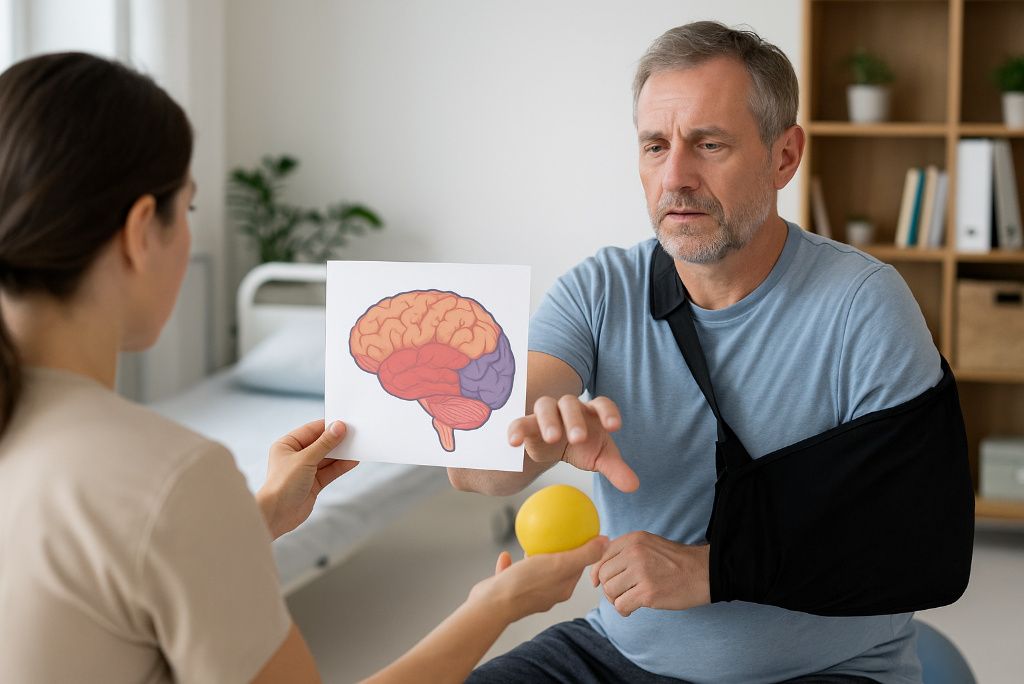
When the brain suffers damage, such as from a stroke, healthy regions can sometimes “re-wire” to compensate for lost functions—a phenomenon called neuroplasticity. Patients may relearn to speak or move, thanks to neural circuits forging new pathways.
Therapies like repetitive practice and stimulation techniques can boost this remarkable adaptability. It’s awe-inspiring how the brain can heal itself, even if the process remains partly mysterious. source
10. Hair and Nail Growth During Healing
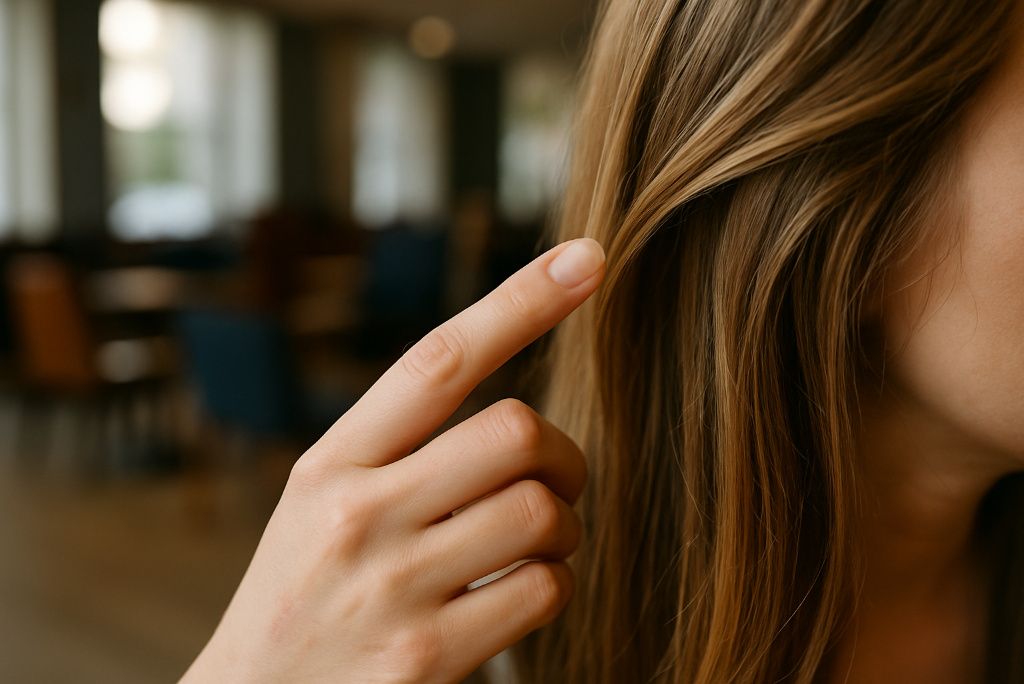
During illness or after trauma, your body often pauses non-essential processes like hair growth to conserve energy for healing. But as you recover, hair and nails sometimes grow more quickly—a rebound effect signalling the return of health.
Nails can even record episodes of illness, showing horizontal grooves called Beau’s lines. It’s a subtle but fascinating example of how our body’s outer features reflect internal healing.
11. Liver Regeneration

The liver is the only solid organ in humans that can regenerate itself. Even if up to 70% is removed, the remaining tissue can regrow to near-original size. This capacity is crucial in liver transplants, where a portion of a donor’s liver grows to replace the damaged organ.
This regenerative ability is rooted in unique cellular processes, making the liver a focus for research into healing and tissue engineering. It’s one of nature’s most astonishing tricks. source
12. Immune System Memory
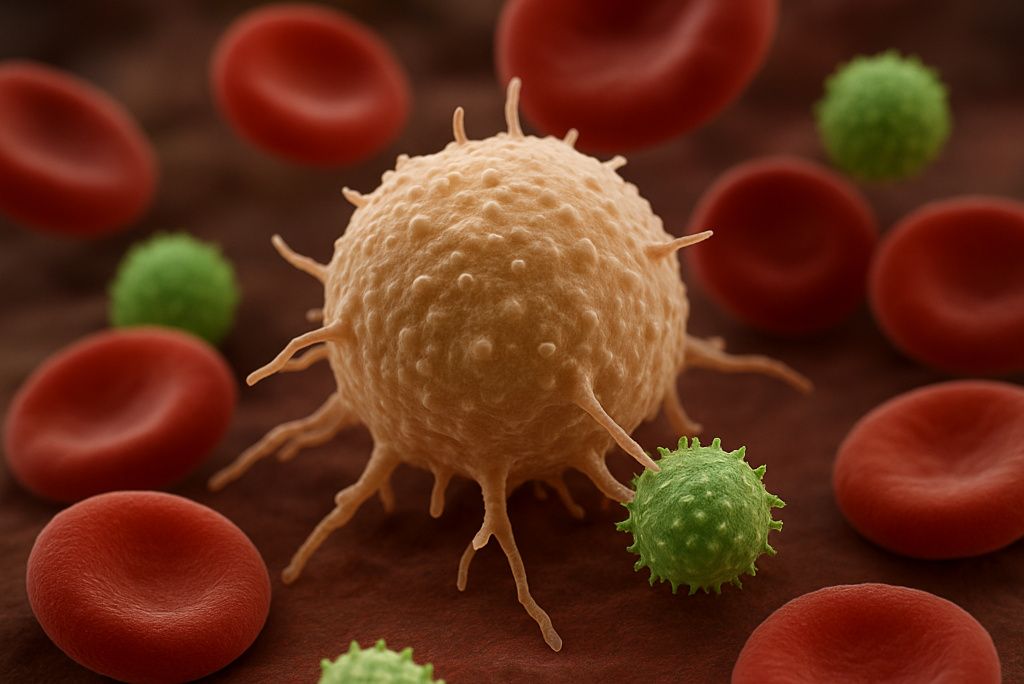
After fighting off an infection, your immune system retains a memory of the invader via specialised cells. This is why vaccines work—by training your body to recognise threats without making you sick. Memory B and T cells provide rapid, robust responses if you’re exposed again, sometimes protecting you for life. It’s an elegant, almost “thinking” aspect of your body’s healing system. source
13. Shedding Skin
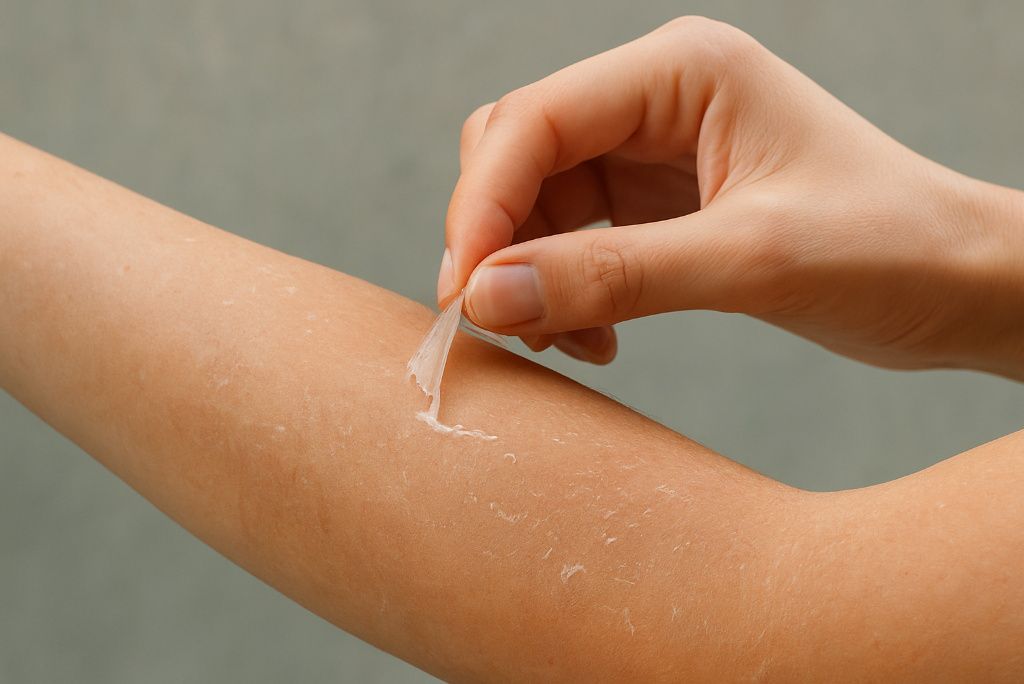
Your skin sheds about 30,000–40,000 cells every minute. This continuous turnover helps remove damaged cells, bacteria, and pollutants. It’s why cuts often heal with fresh, smooth skin replacing old, injured layers.
Interestingly, your entire outer layer of skin renews roughly every month. Although invisible day-to-day, this perpetual shedding keeps your body protected and healthy. source
14. Tears as Disinfectant

Tears aren’t just emotional—they’re medicinal. They contain lysozyme, an enzyme that breaks down bacterial cell walls, providing natural protection for your eyes. Emotional crying may also release stress hormones, helping the body rebalance itself after distress.
Researchers have found that tears can carry stress-related chemicals, hinting at a cathartic healing effect. Whether from laughter, sadness, or irritation, tears are one of the body’s weirdest—and most beneficial—healing tools. source
15. Goosebumps for Healing
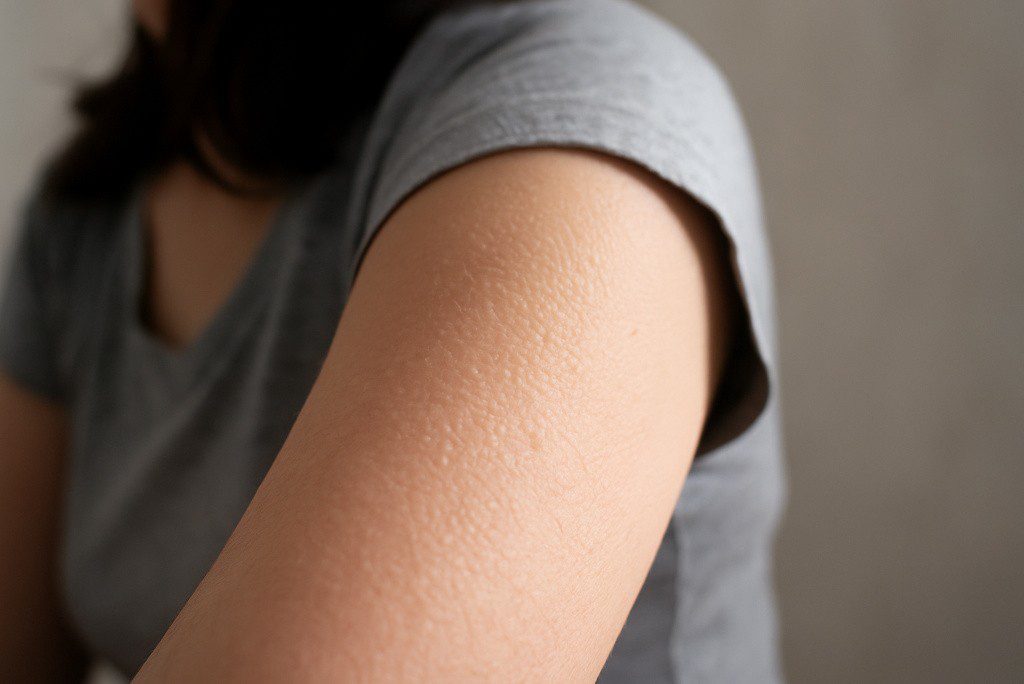
Goosebumps occur when tiny muscles around hair follicles contract, lifting the hairs upright. While this response helps retain warmth, it may also protect skin by signalling distress or amplifying sensory perception after an injury.
In some animals, this reflex makes fur appear larger to scare off threats—a survival advantage humans inherited. Though mostly vestigial in humans, goosebumps remind us of the body’s quirky, intertwined systems designed to keep us safe and healthy. source
Disclaimer: This content is intended for informational use only and should not be taken as medical advice. Always consult a qualified healthcare professional for personal health concerns.

